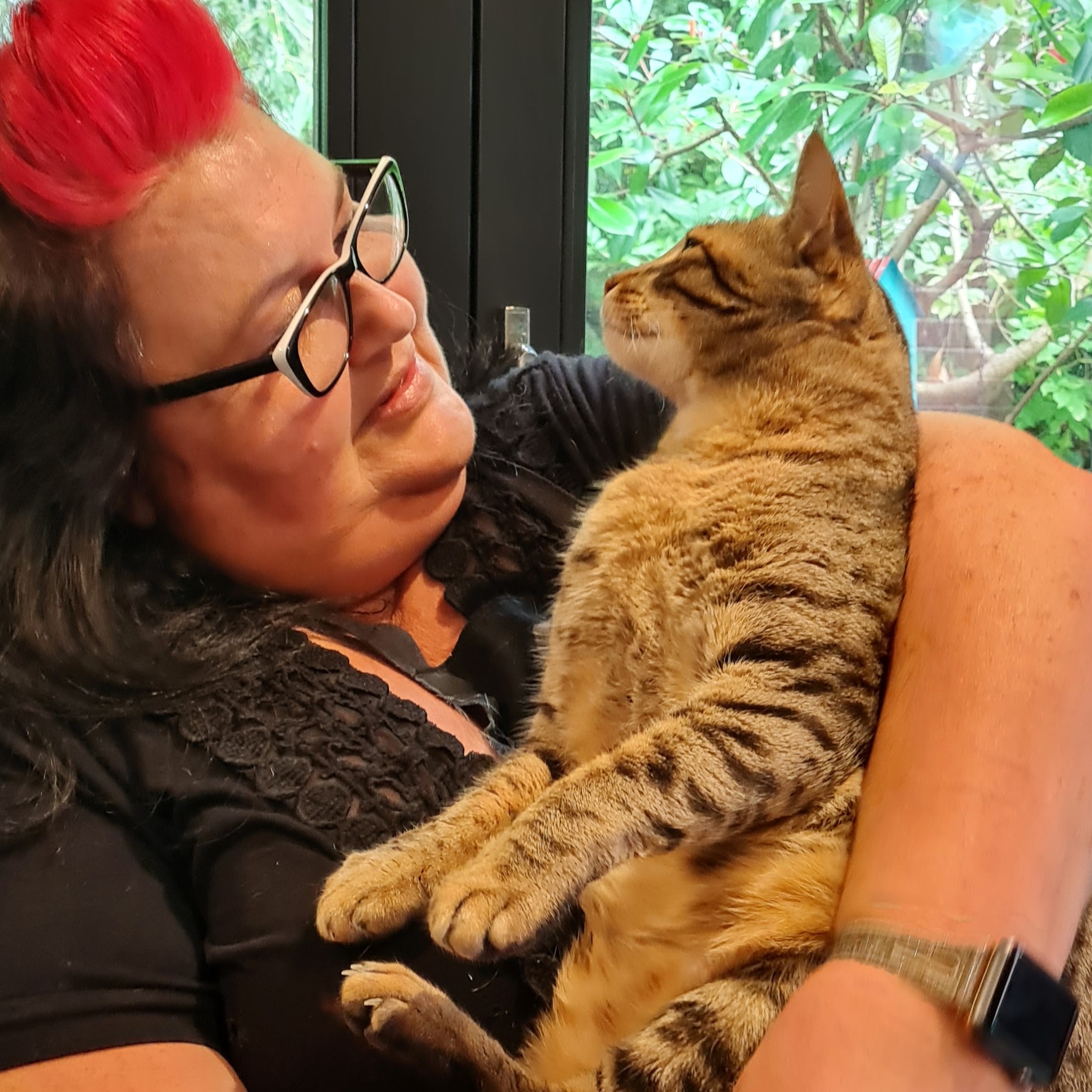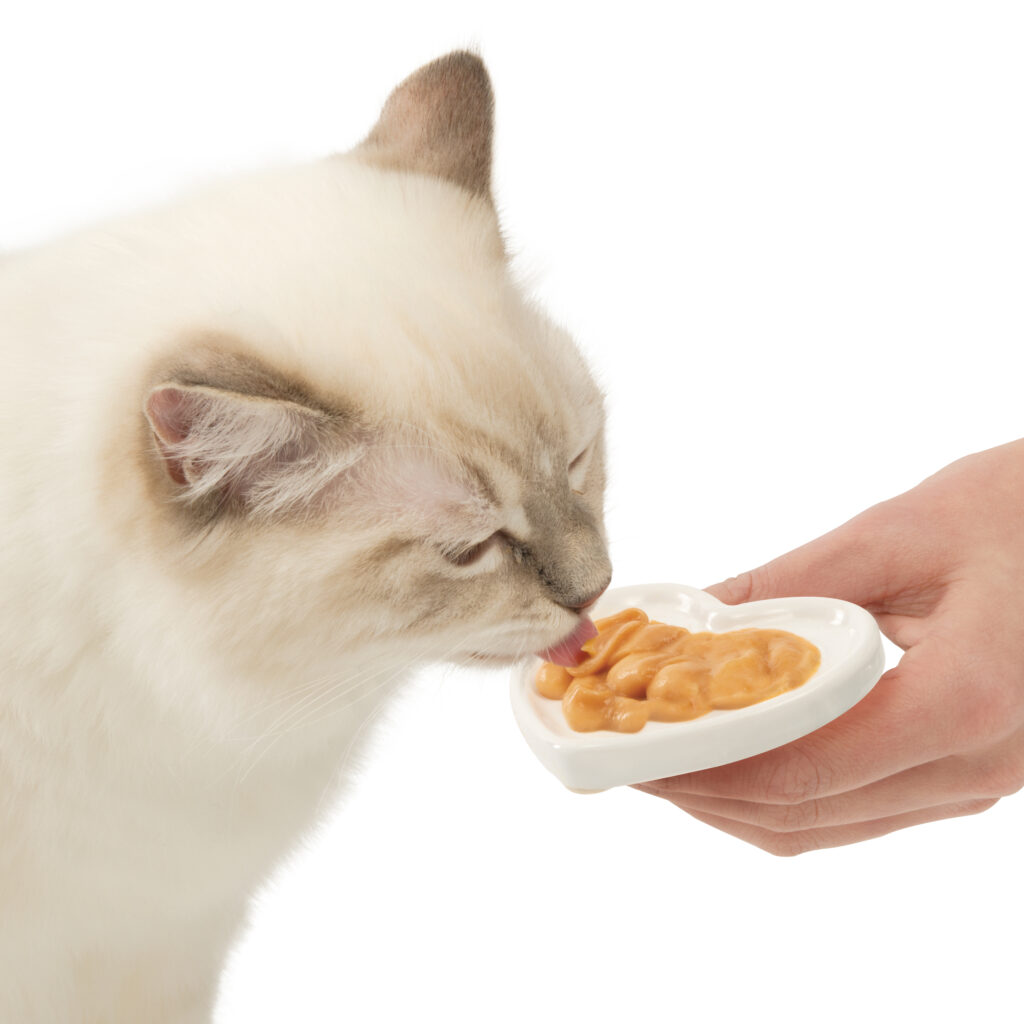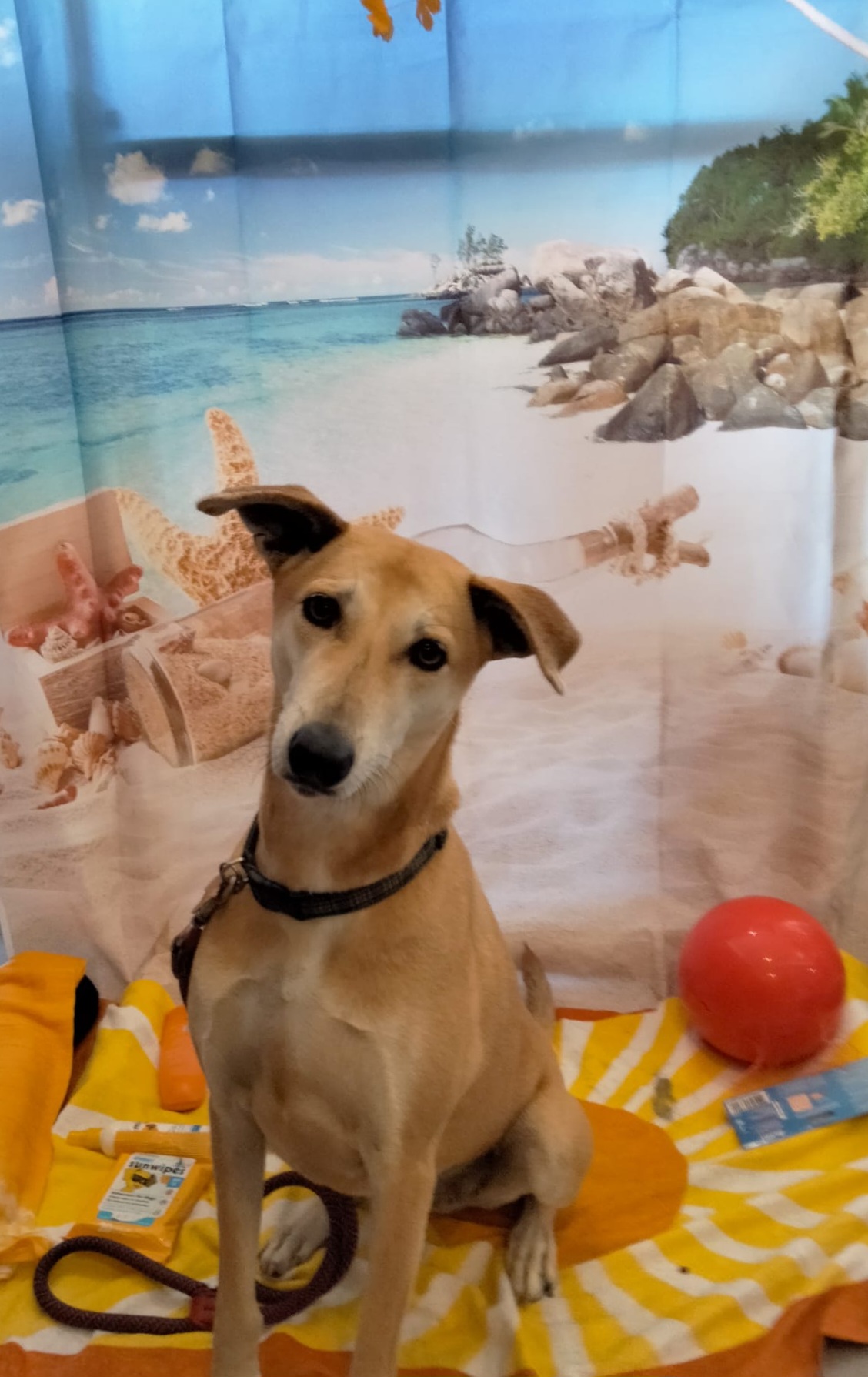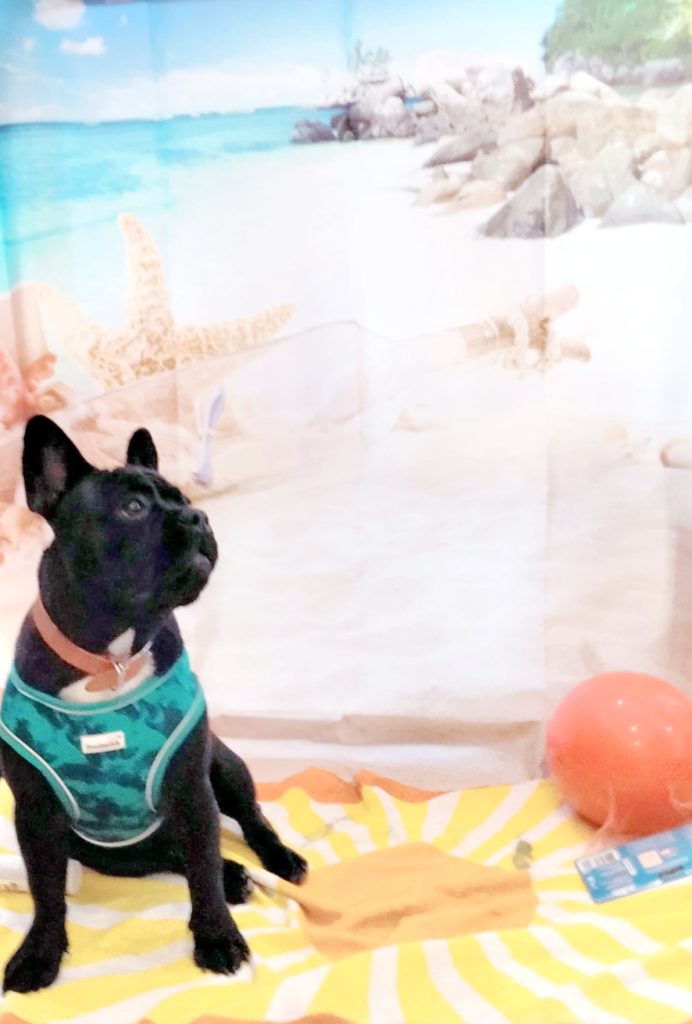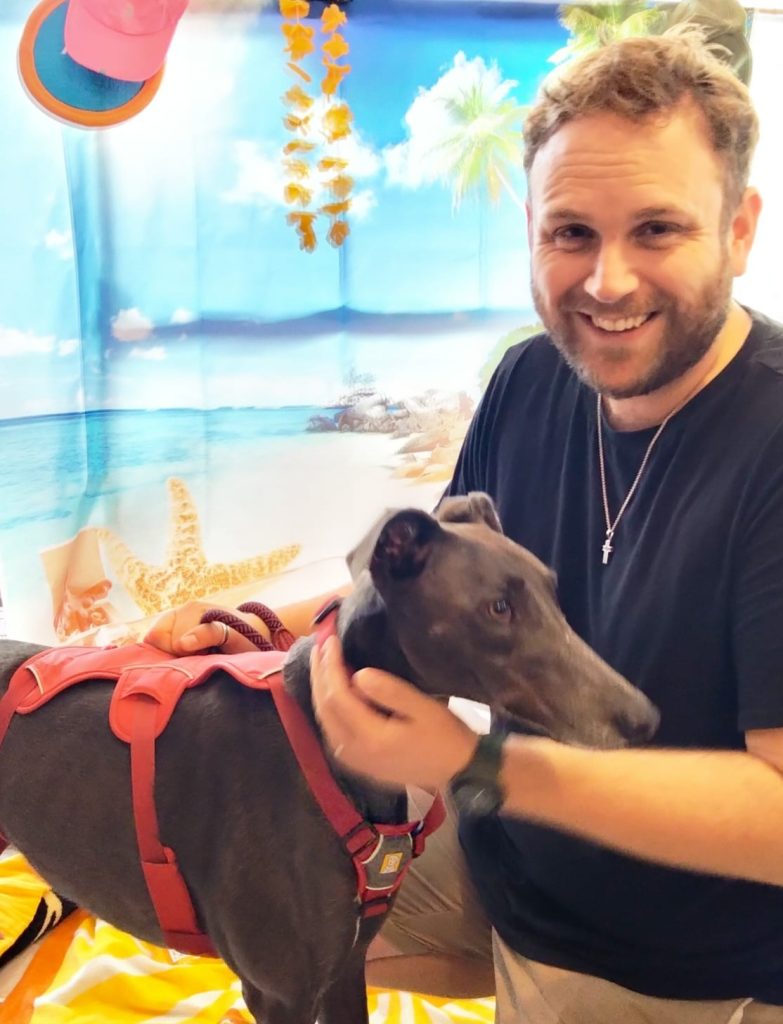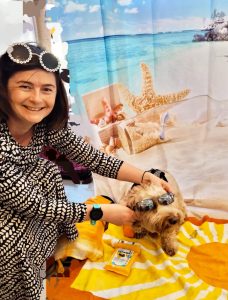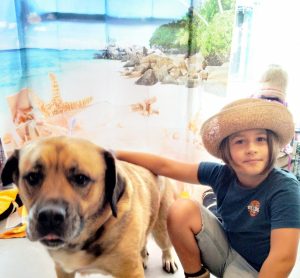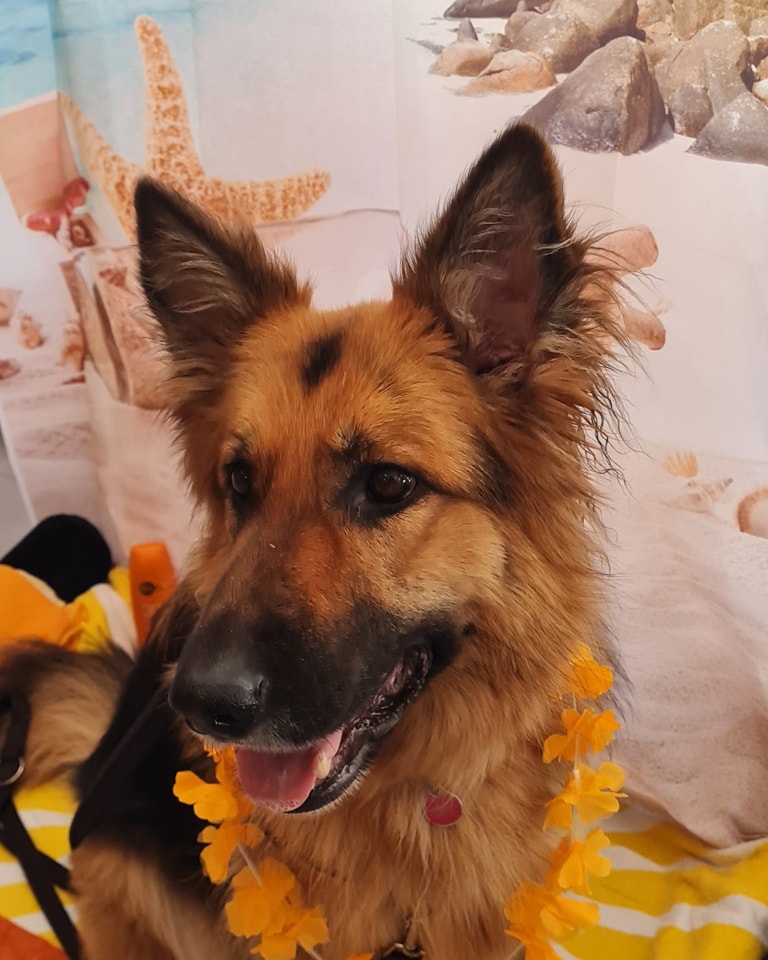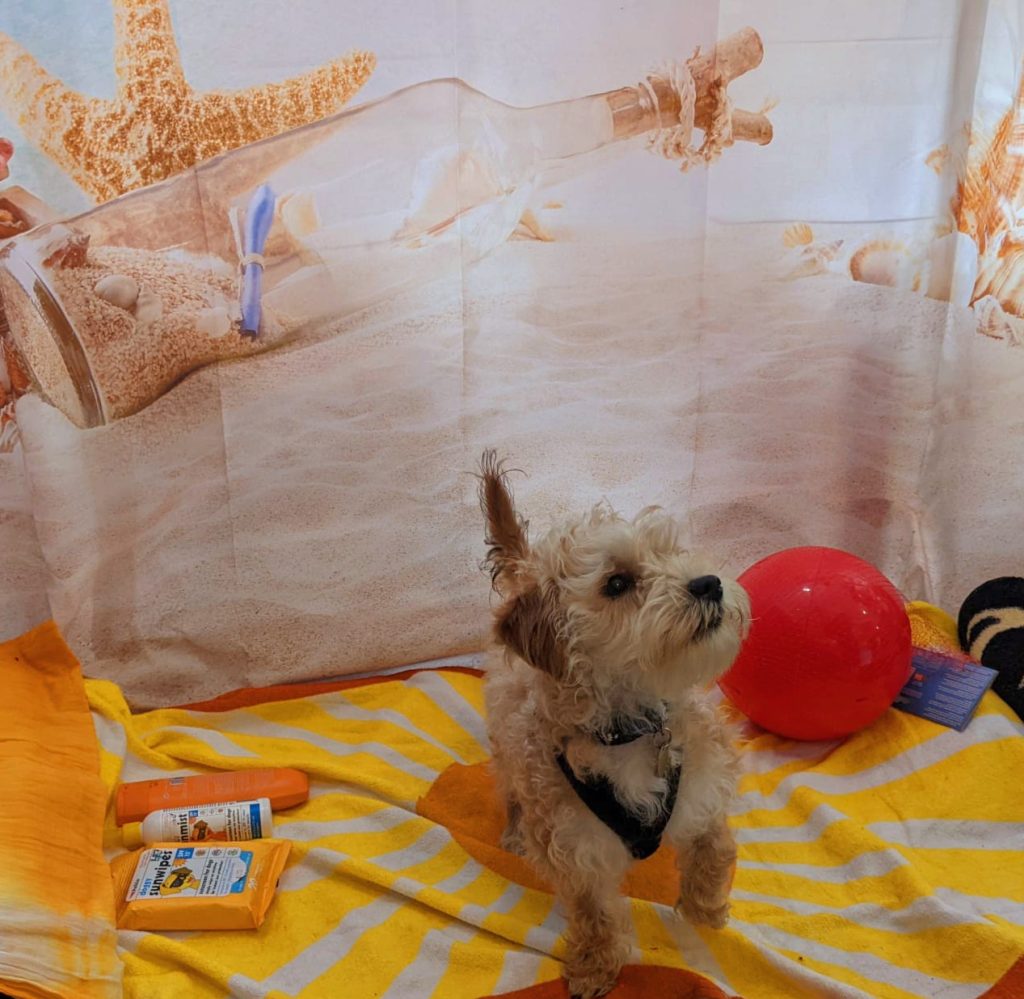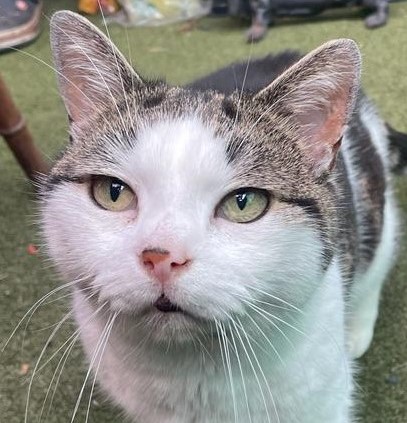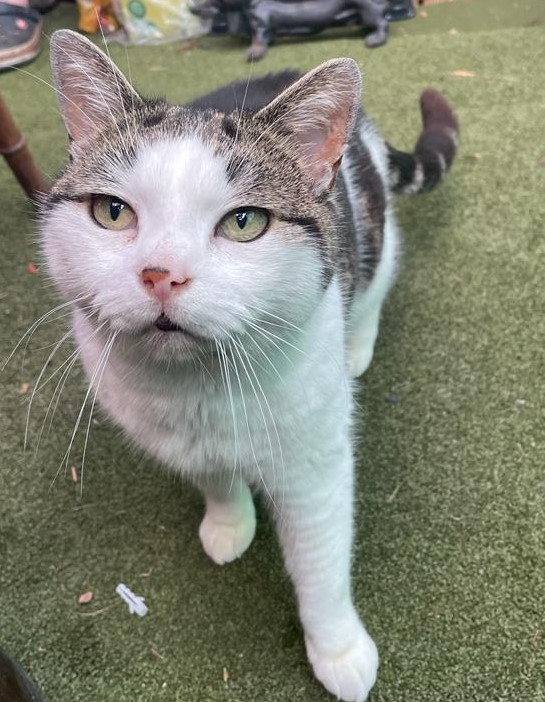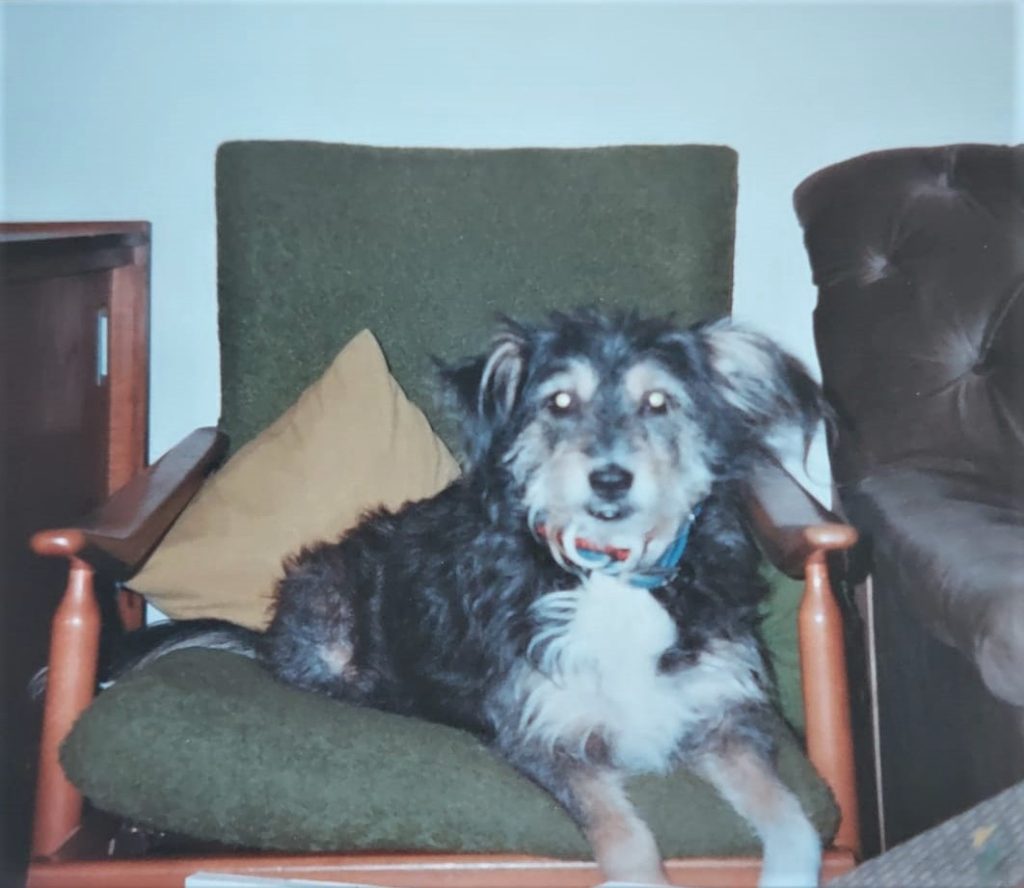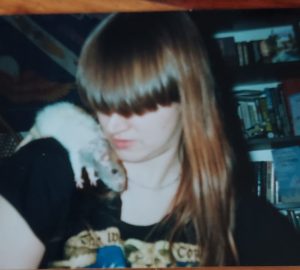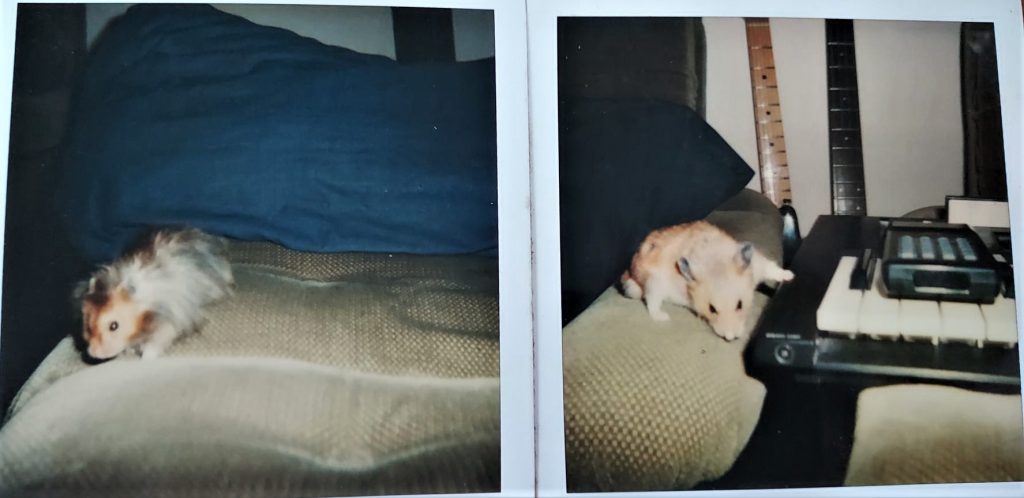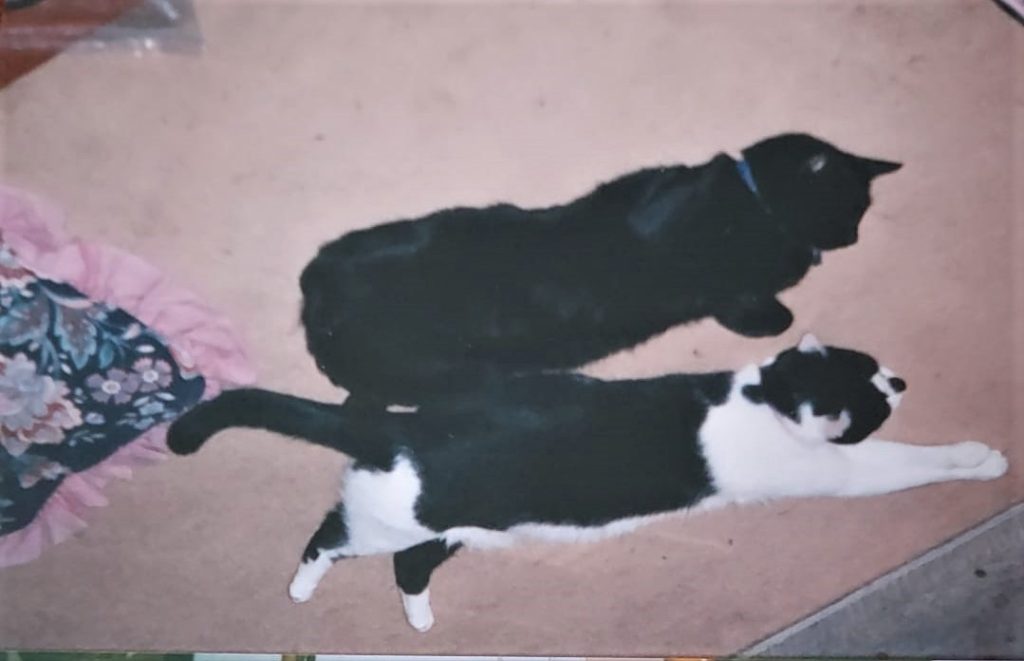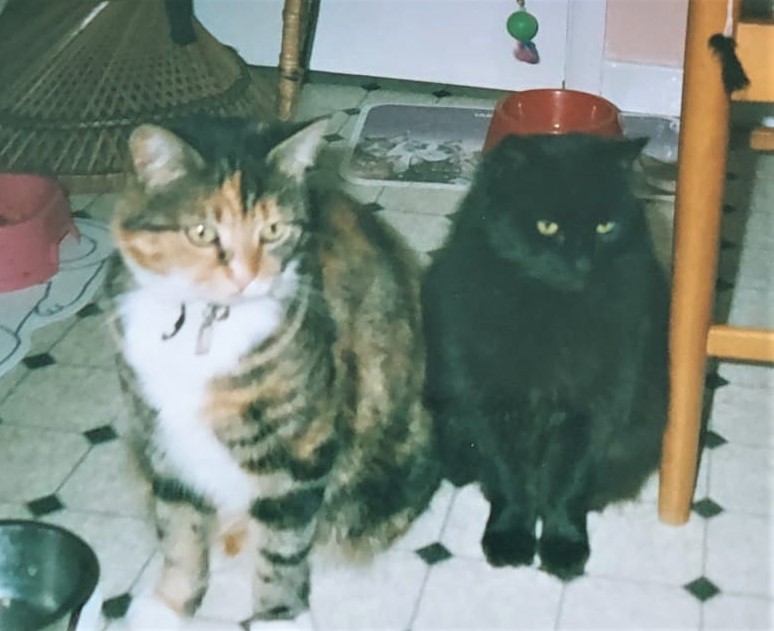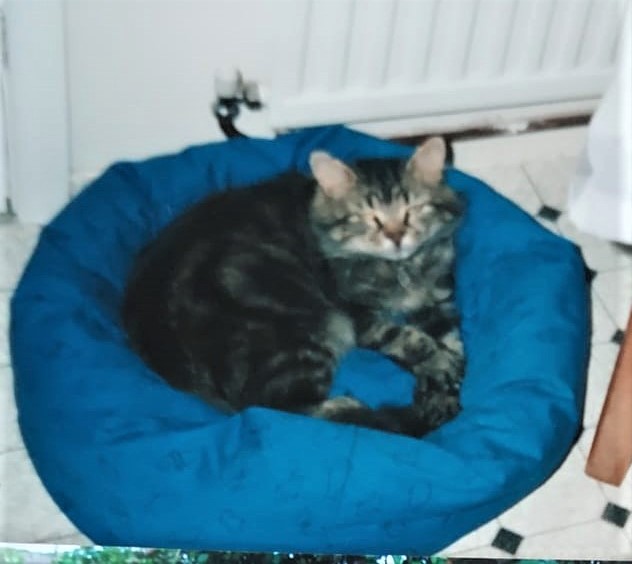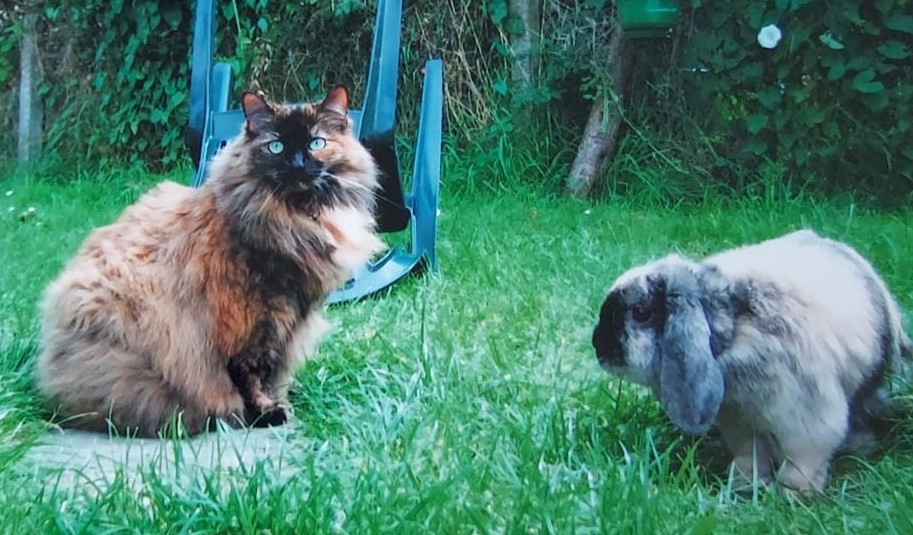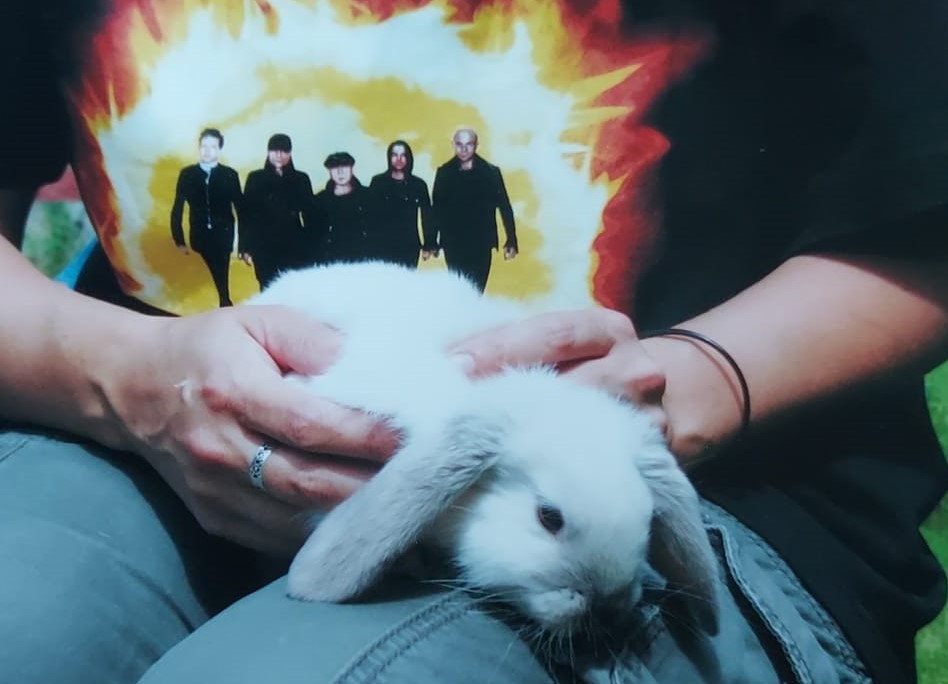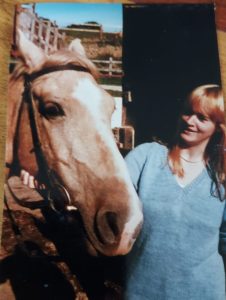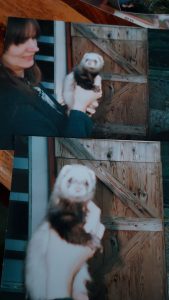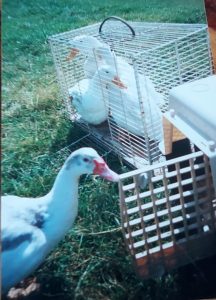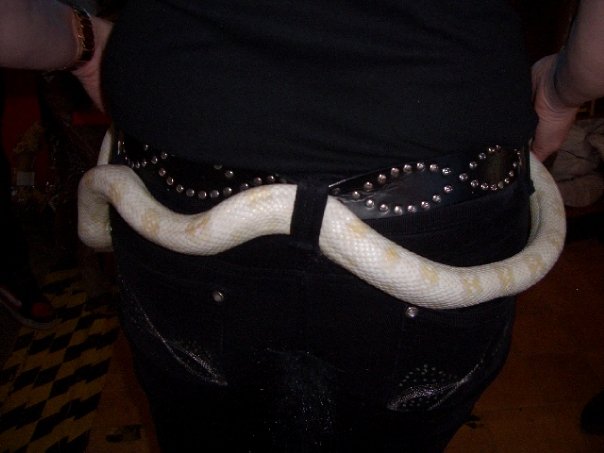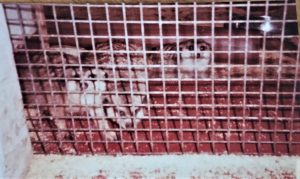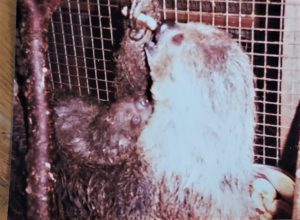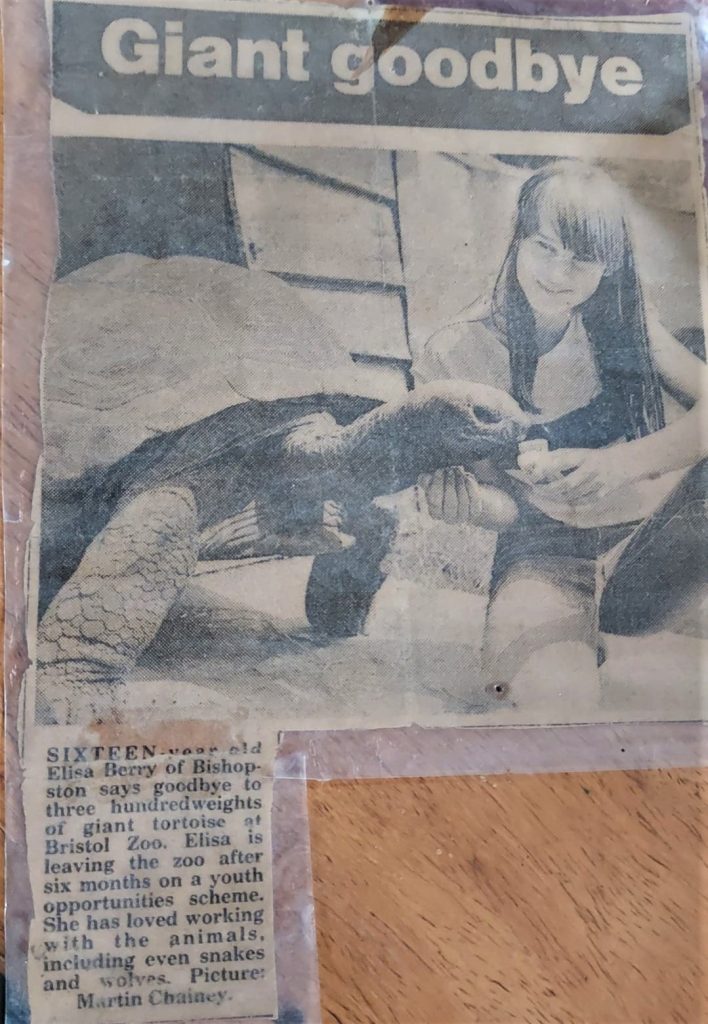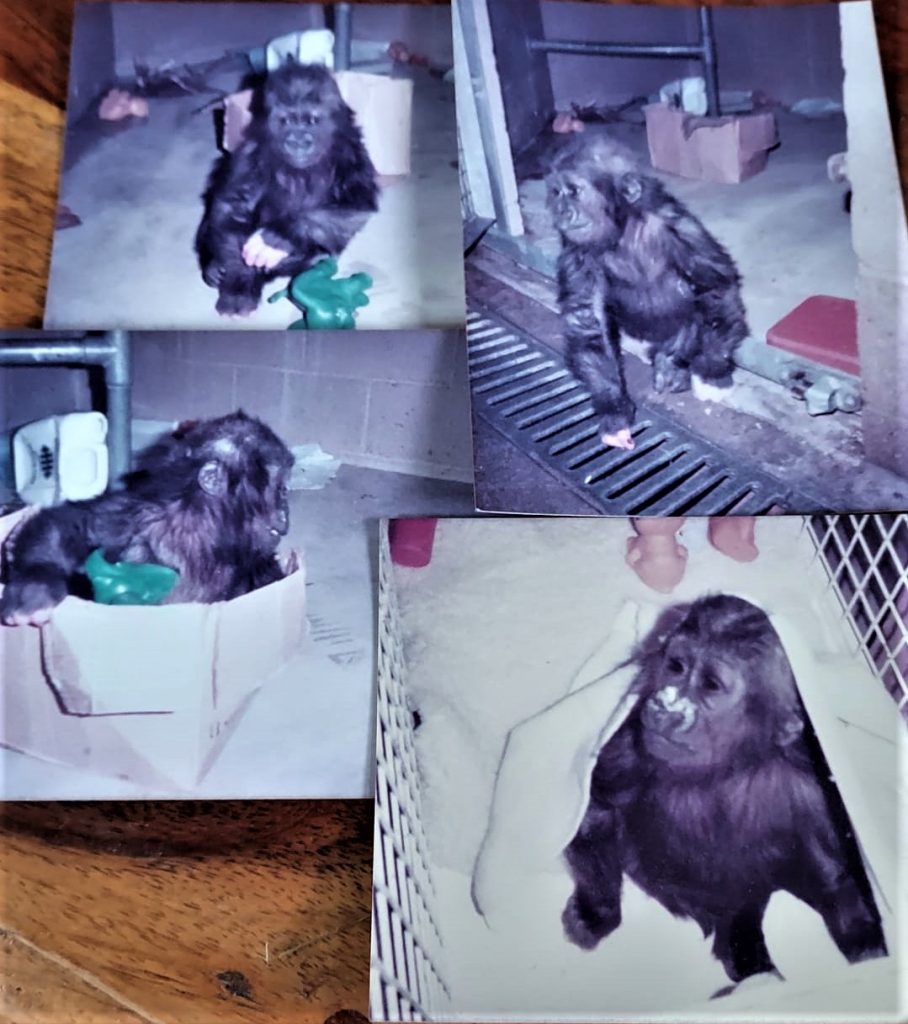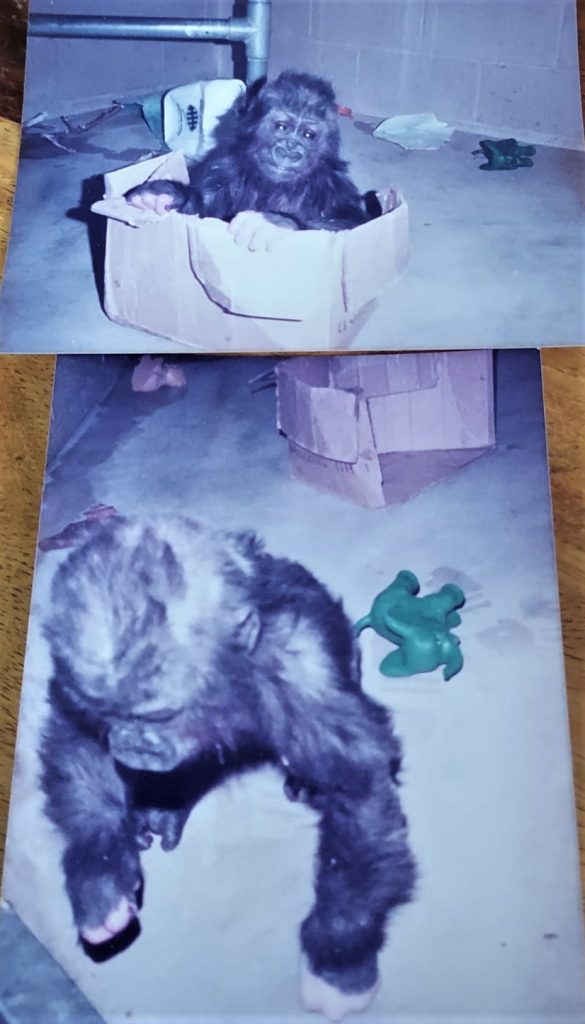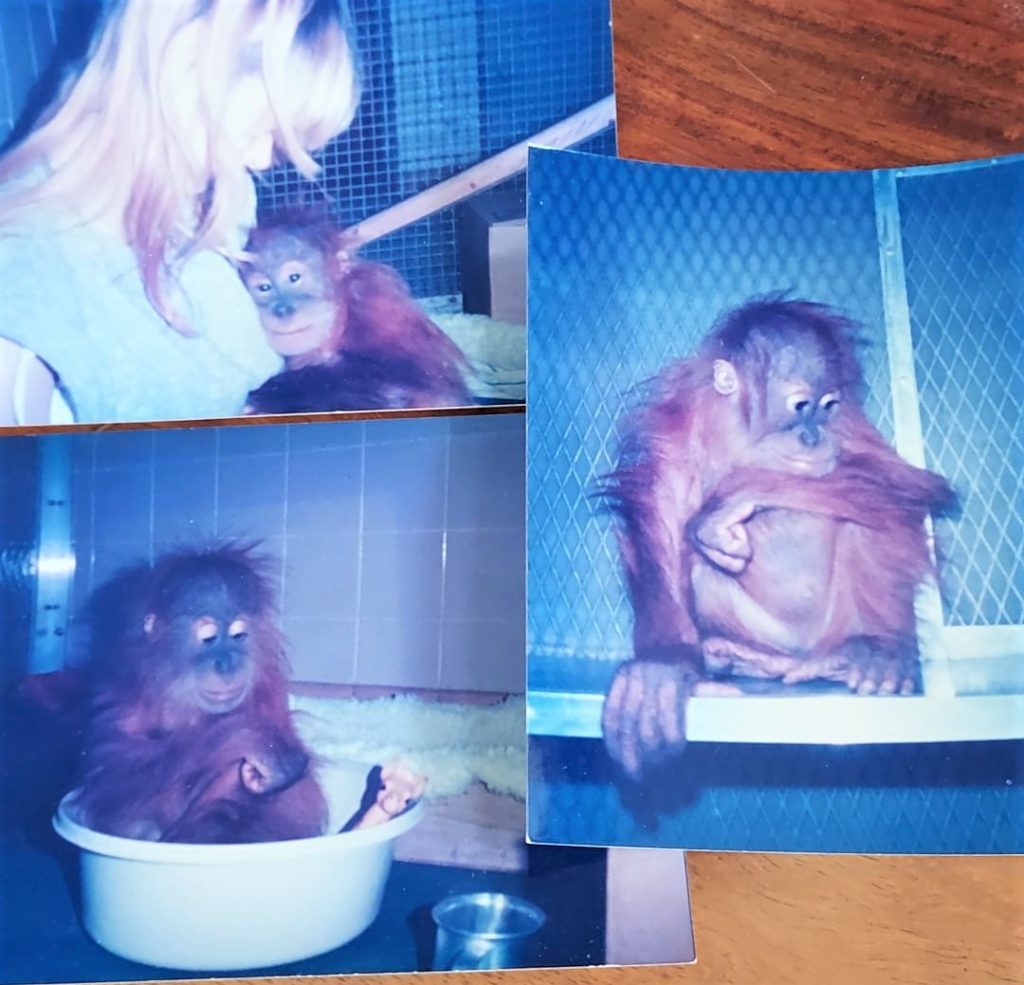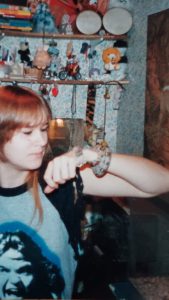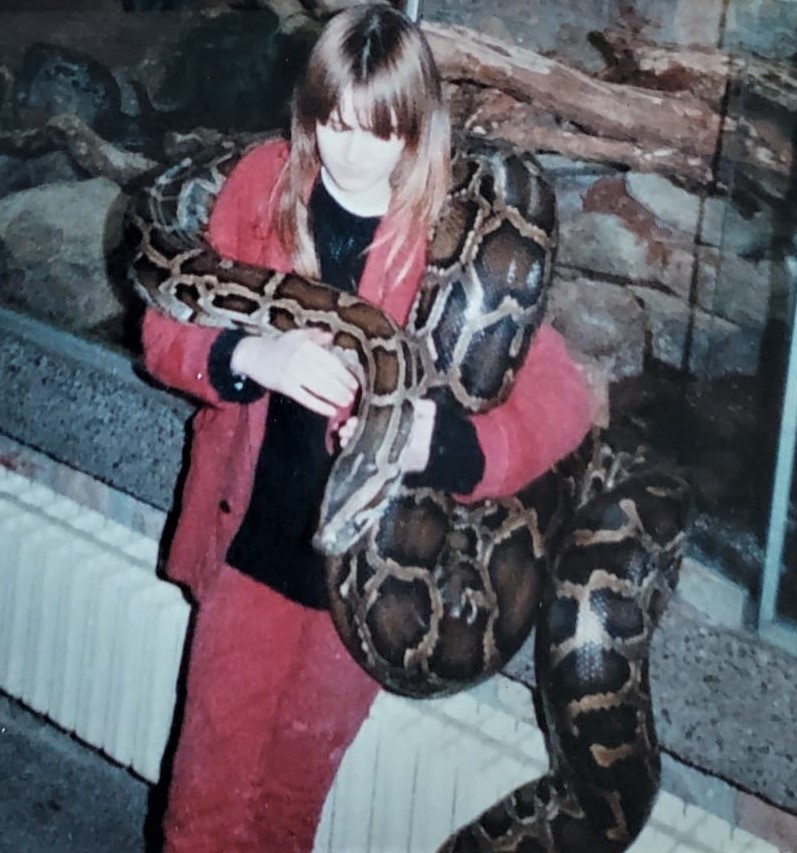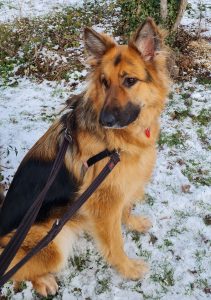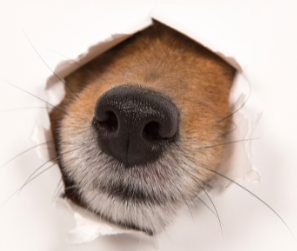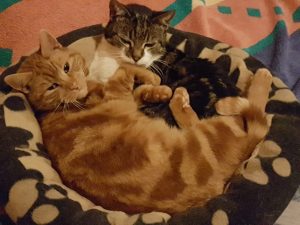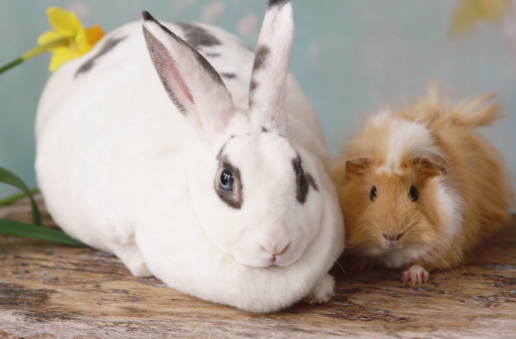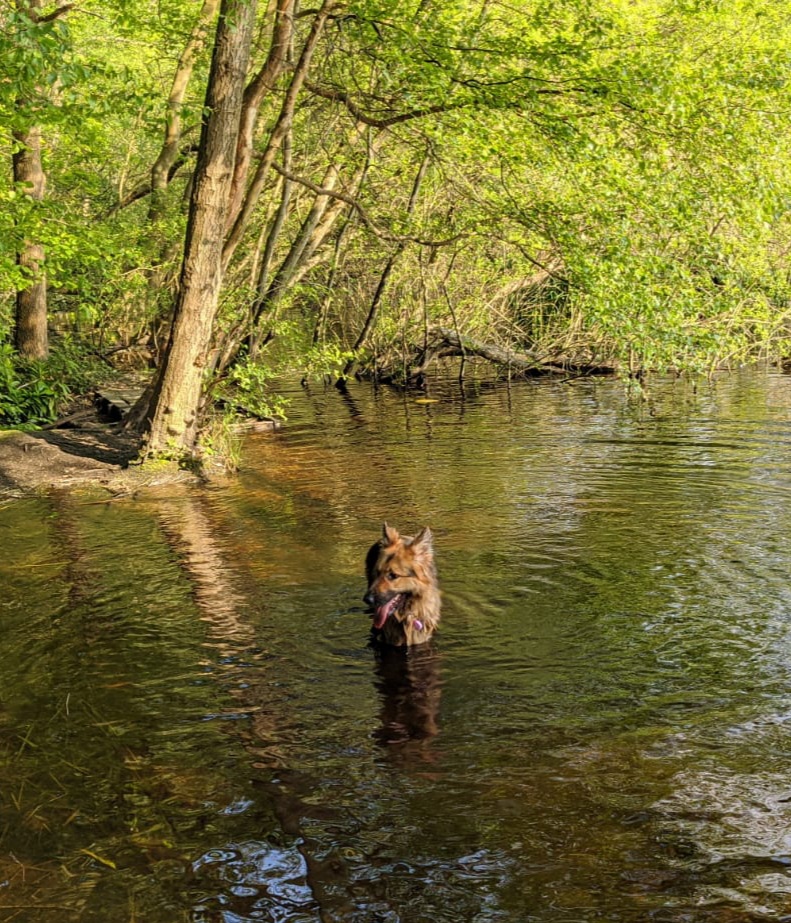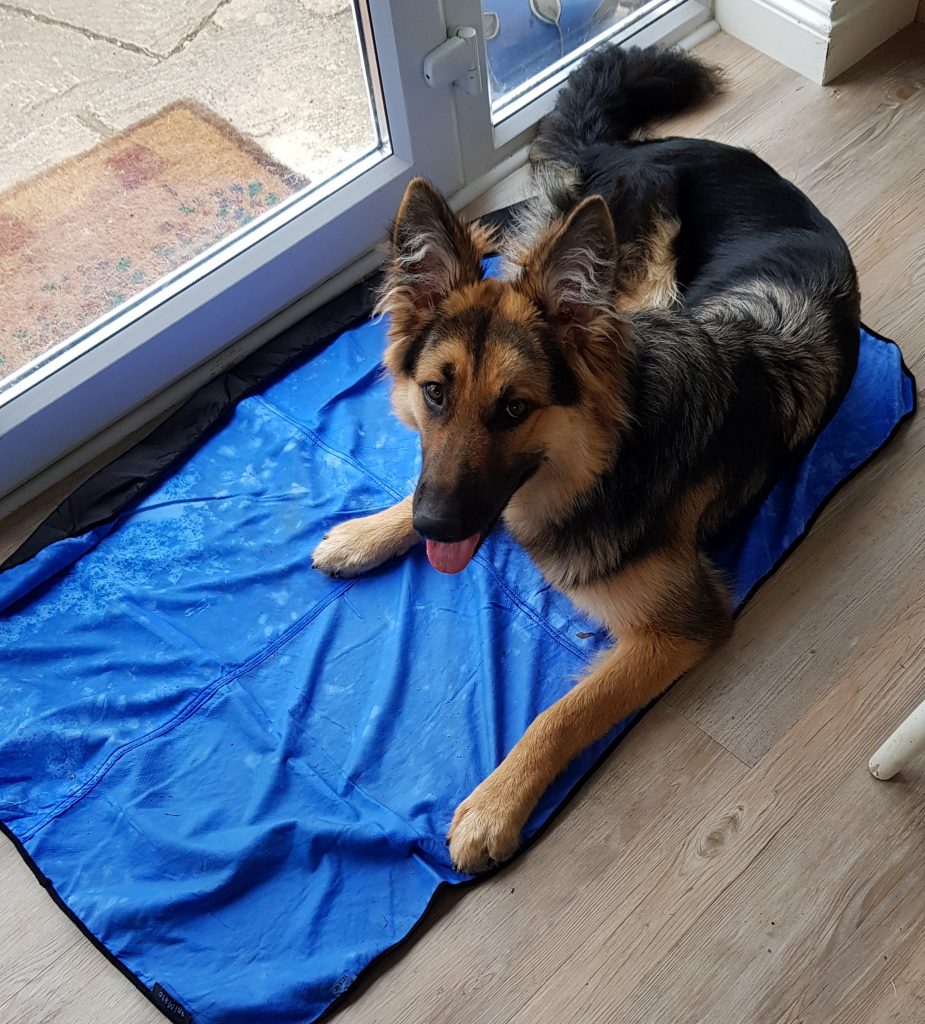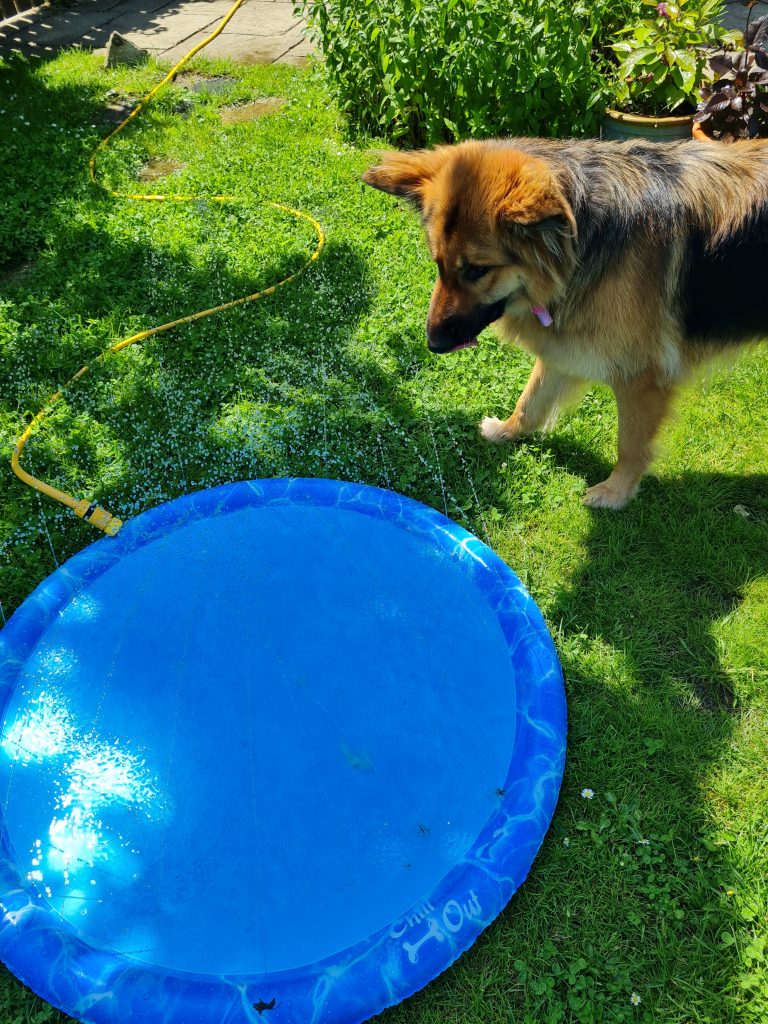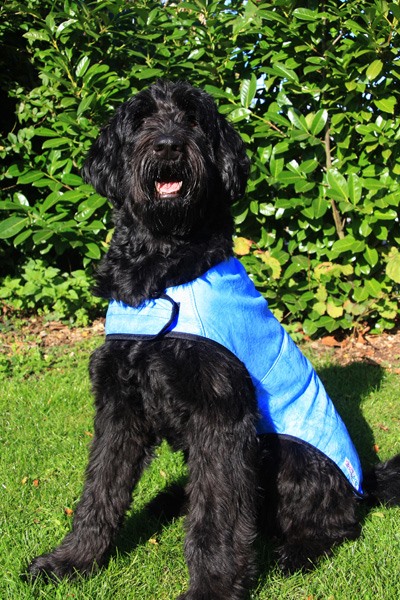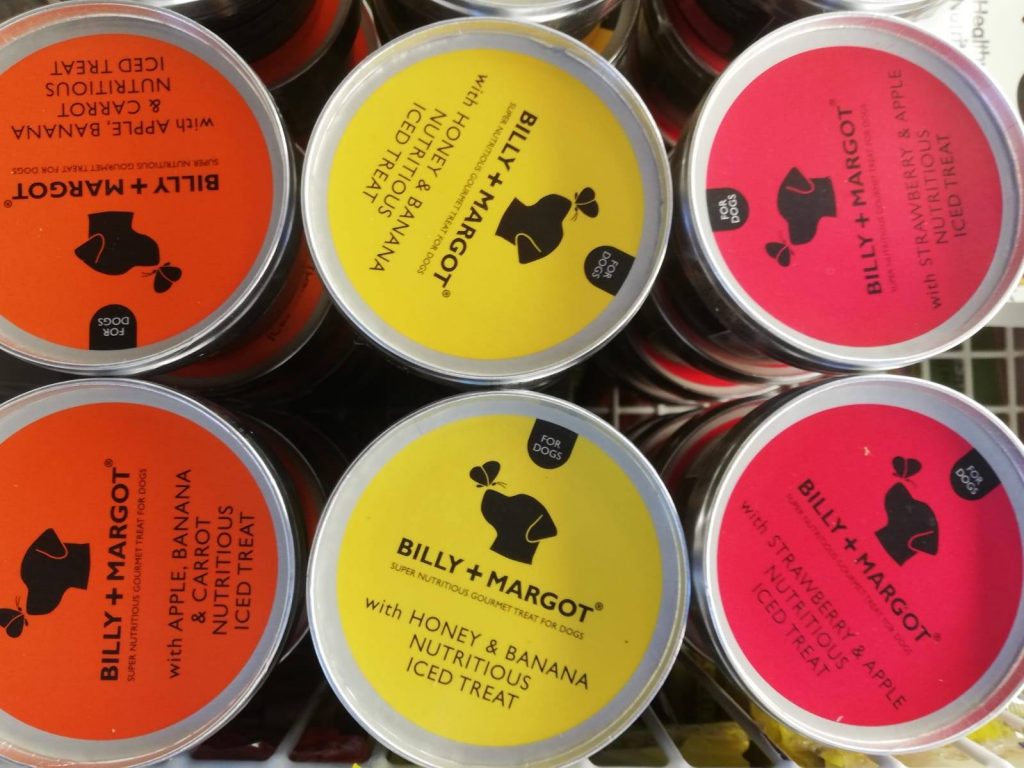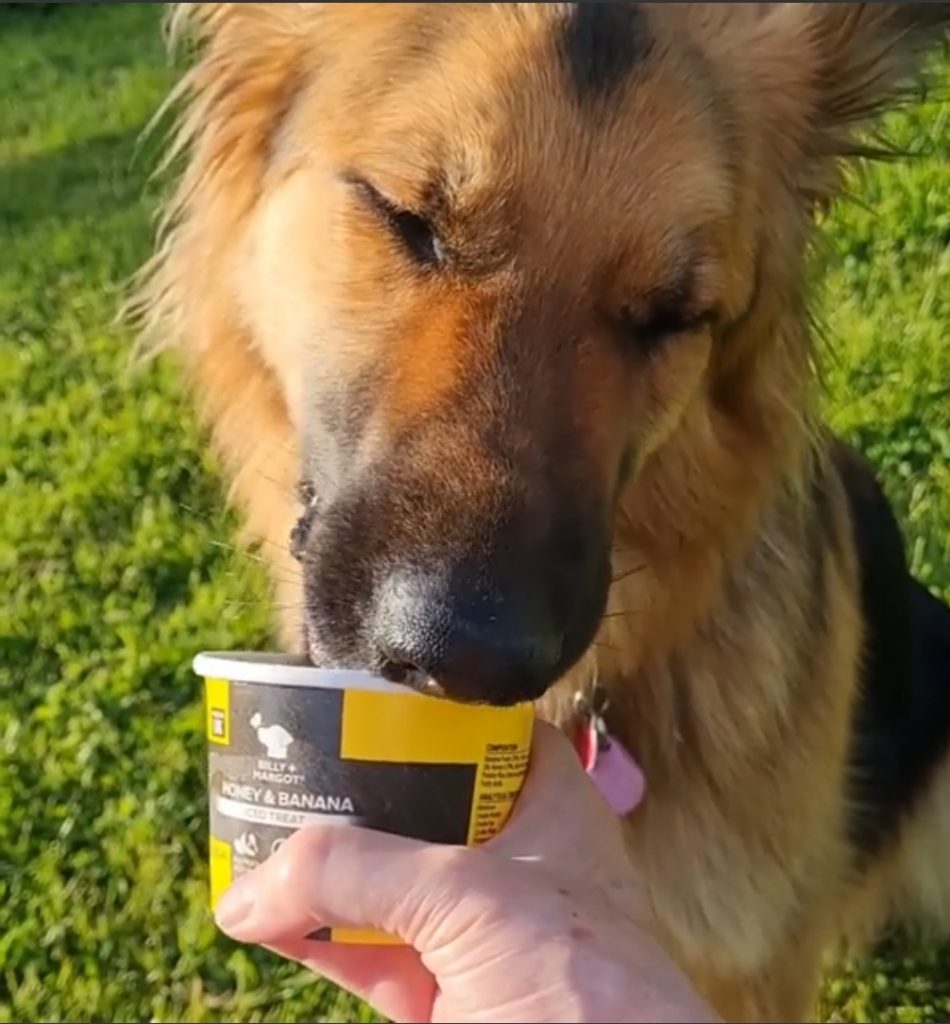Valentine’s Day is all about celebrating the ones we love the most in life, whether they’re our partners, our friends, or even our pets. Cats make loyal and loving companions, so if you’re looking for a way to show your favourite feline just how much you care, this Valentine’s Day is the perfect time to treat them to something special. And there’s no better way to show you care than by putting the effort into making a gift with your own two hands.
Looking for some inspiration? The feline experts Catit are here to share three of the best treats you can make for your cat at home, as well as the purrfect shop-bought accompaniments to these homemade gifts.
Salmon heart-shaped biscuits
Giving your cat a tasty treat in the shape of the universal symbol for love is the perfect way to celebrate Valentine’s Day with them. As well as containing one of the most popular fishes with felines, these salmon biscuits are incredibly easy to make. Plus, you can even freeze excess dough for up to three months for future batches!
You only need three ingredients for these tasty feline treats: 140g of undrained canned salmon, 120g of flour (wholewheat or regular), and half a beaten egg. Then simply do the following to whip up these treats:
- Use a food processor to finely chop the salmon.
- Add the chopped salmon to a food mixer with half a beaten egg and the flour, stirring until it turns into dough. You can add a little extra water if it becomes too dry, and extra flour if it becomes too wet.
- Roll the dough out until it is about a quarter of an inch thick, and use a small heart-shaped cookie cutter to make your biscuits (to keep them small, use a cookie cutter no more than an inch big). This should make around 60 small biscuits, which will be plenty for your pet.
- Place the sheets on a tray lined with baking paper and cook at 175°C for twenty minutes.
- Leave the treats to stand and cool before giving your cat a taste.
You can store them in an airtight container for up to two weeks, which should give your pet plenty of time to enjoy them. If you want to share the love, you can even gift your loved one’s cats with a small bag of biscuits too!
Tuna cake
Sweet treats like chocolates and desserts are a staple of Valentine’s Day for humans. Cats tend to not have a sweet tooth, but this doesn’t mean they can’t join you while enjoying a dessert of their own with this tuna cake. While this may not sound appetising to us humans, rest assured that your cat is bound to love it!
To make this “dessert” for your cat, follow the steps below:
- Boil and thoroughly mash around 50g of sweet potato and leave it to cool. Keep it plain and avoid using any seasoning to prevent your pet from developing an upset stomach.
- Mix the sweet potato well with half a tin of drained tuna and a teaspoon of plain flour.
- Spoon the mixture into a round cookie-cutter and allow it to set in the fridge for about quarter of an hour before giving it to your cat.
Plain boiled sweet potato is completely safe for a cat to eat, but only in small portions at a time. For this reason, it’s best to split up this dessert in three portions to be enjoyed by your cat over the course of three days. Or if you’d rather, simply amend the quantities to make a smaller portion without leftovers.
A fancy meal
Just like us humans enjoy fine dining on this romantic day, your cat will no doubt appreciate getting treated to a fancy homemade meal. Of course, there’s no need to provide your pet with a five course Michelin Star level experience — simply giving them something a little different will be enough to impress them!
This can be a great way to treat your pet, and you can even give them the same meal as you! Try to give them a source of protein and some different types of vegetable in the dish. Cats love chicken, so boiled chicken breast with the skin removed could be a good option for your pet. But there are plenty of other types of meat and fish you could try, such as turkey, salmon, and sardines, so just choose the one your cat loves the most. You’ll find plenty of choice for veggies too, as it’s safe for cats to eat boiled and chopped carrots, peas, broccoli, green beans, pumpkin and more.
The perfect accompaniments for your homemade treats
A homemade edible treat is sure to go down well with your cat this Valentine’s Day. But if you have a busy schedule and you don’t have the time, or you want to gift them with a little something extra, there are plenty of great shop-bought presents to choose for your pet, such as:
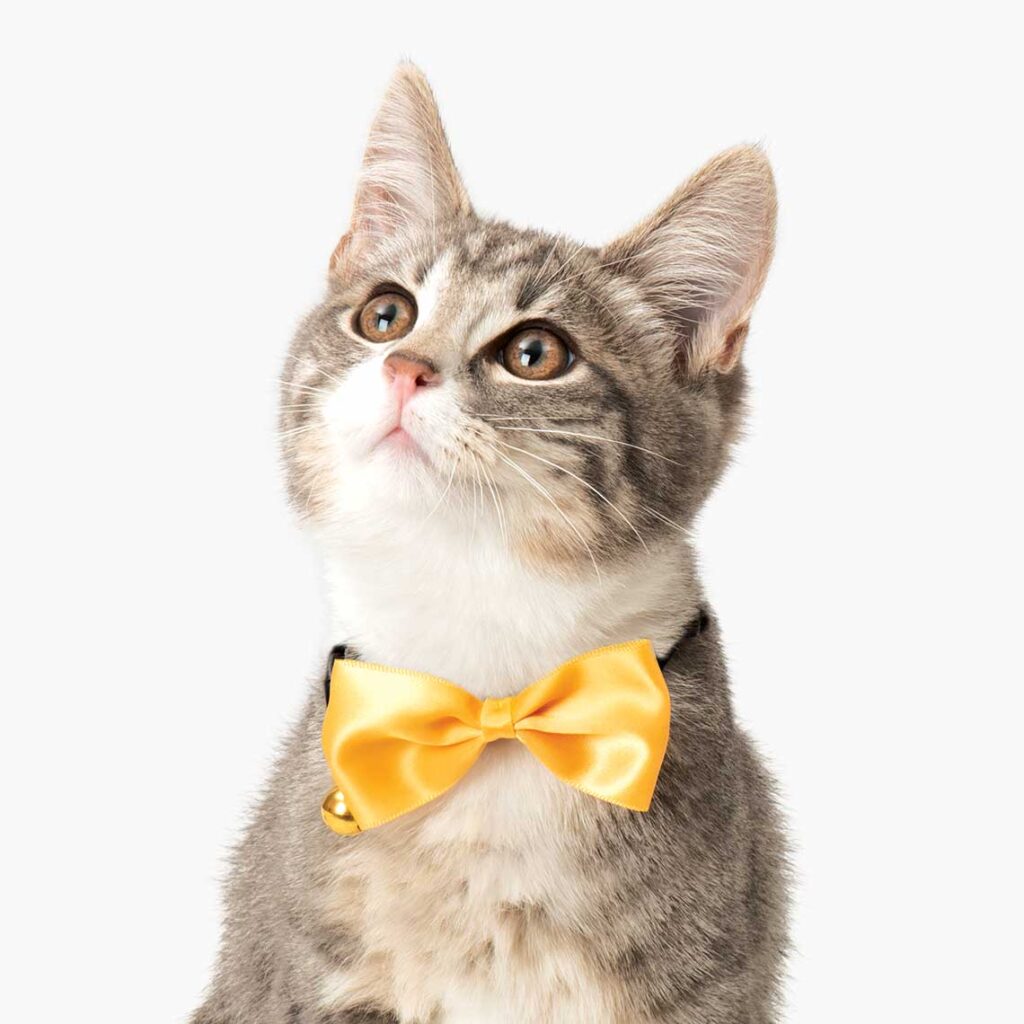
- A heart shaped cat food bowl, to serve them their Valentine’s Day dinner in style.
- A bow tie collar to help them look the part while enjoying their special meal.
- A new toy for playing with on the day — just make sure to let their food digest before getting them too hyperactive!
- Some catnip to keep them entertained.
You may also be interested in gifting them with a more practical gift, for both your sake and theirs. Something like a water fountain can make sure your pet never goes thirsty while you’re out of the house, plus it can be fun for them to investigate when they first come across it!
“Valentine’s Day isn’t just about showing the love to our significant others anymore, as many of us now use it as an opportunity to show all our loved ones how much we care. These homemade recipes require just a few ingredients and are simple to make, so even those pushed for time can turn their hand at making them if they wish.
“Of course, one of the best gifts you can give your cat this Valentine’s Day is simply spending time with them. So, make sure to carve out some time in the day to show your feline companion some love and appreciation. Whether it’s by having a fancy meal with them, playing with their new (and old) toys together, or simply snuggling up on the sofa, it’s sure to show your pet just how much you care.”
- Paul Trott, UK Marketing Manager at Catit
About the brand:
Catit’s mission is to provide practical, easy to use, and convenient products that meet the needs of fussy felines. Catit have developed original, award-winning products that satisfy a feline’s exacting standards, including drinking fountains, litter accessories, and their smart feeders that were recently featured on The Gadget Show. Catit also offer a selection of delicious and nutritious food products for your cat to enjoy, including the popular Creamy treat range.
For more information, please visit: https://catit.co.uk/
Not Just Pets sells a wide range of Catit products in both our shops in Frome and Larkhall (Bath) including wet and dry food, treats, toys, carriers and furniture. Pop in and have a chat about this fabulous range – and if you can’t see it in the shop, just ask and we can order it in. Watch the website for some new Catit additions, coming soon!
Call us on 01373 462068 and follow us on Facebook and Instagram too!

